
Your Confinement Plan from a TCM Perspective
What is Confinement Confinement is a period after childbirth when you recuperate and heal after
Blocked milk ducts (also known as plugged ducts) happen when the breast milk is obstructed in a portion of the breast. Many breastfeeding mothers who practise direct latching or pumping, encounter blocked milk ducts at least once in their breastfeeding journey. It can be traumatic and painful if the blocked milk ducts are not resolved within 24 to 48 hours as it may progress to mastitis (or inflammation/infection of the breast tissues) with symptoms such as breast pain, swelling, warmth, redness, fever or chills.
While there are many methods to remove blocked milk ducts, we recommend 4 ways that can save you from a painful episode.
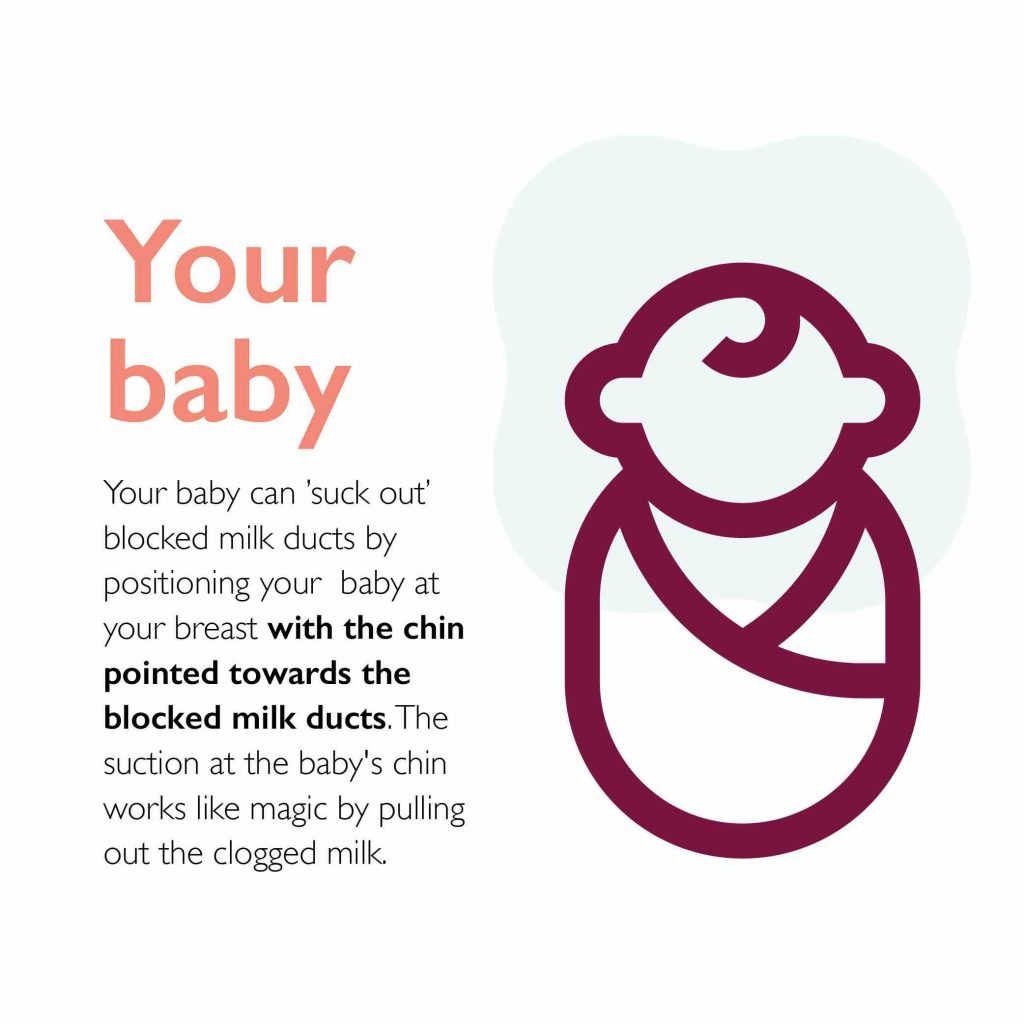
YES, your baby can be your life saviour when you encounter hard-to-release blocked milk ducts. How does it work? Your baby is the best breast pump in the world. Your baby can suck “blocked milk ducts” out by positioning your baby at your breast with the chin pointed towards the blocked milk ducts. The suction at the baby’s chin works like magic by pulling out the clogged milk.
Placing a vibrating hand-held device such as an electric toothbrush or personal massager against the swelling breasts helps nursing mothers loosen the blocked milk ducts quickly. The vibrating movement helps break down the “milk molecules” that are congested in the milk ducts that connect to the nipple. How long should I do it? Placing it for around 3-5 minutes, then massaging the affected areas in a circular motion and towards the nipple.
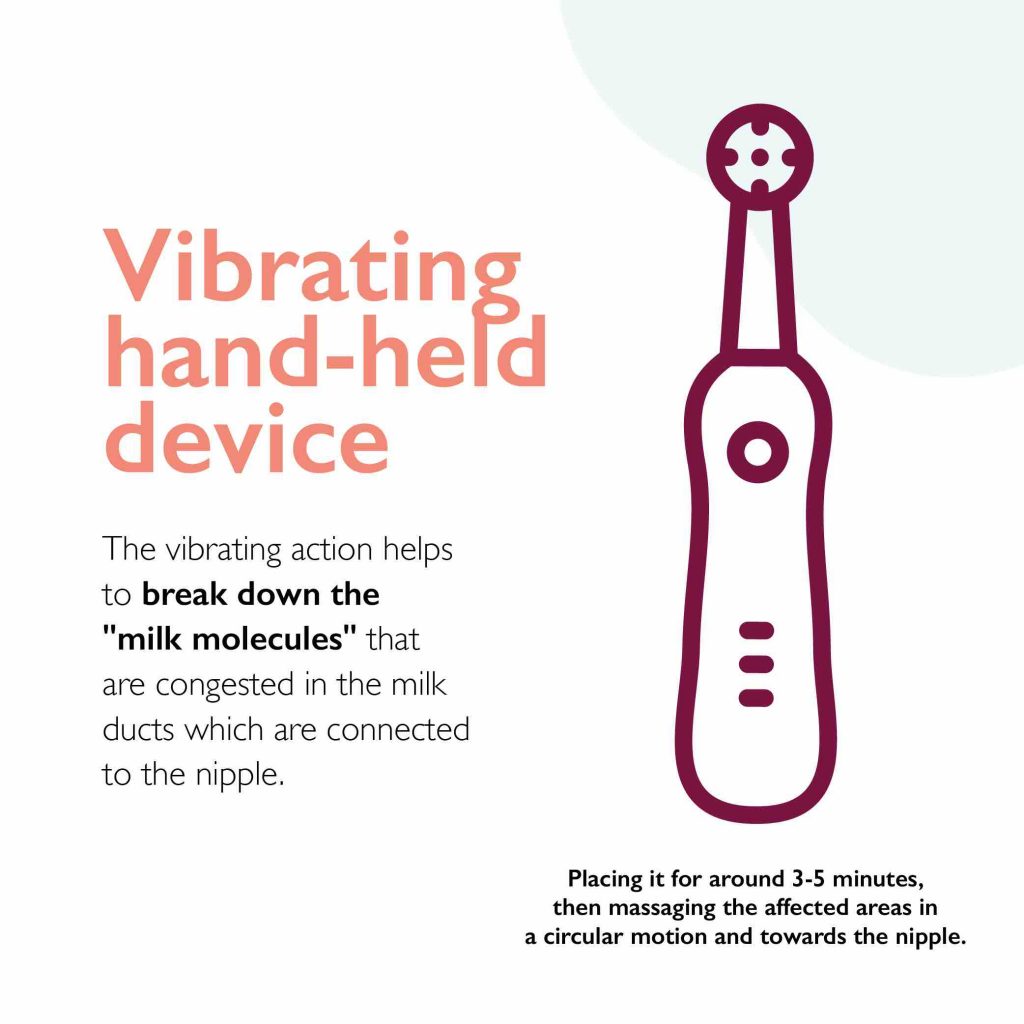
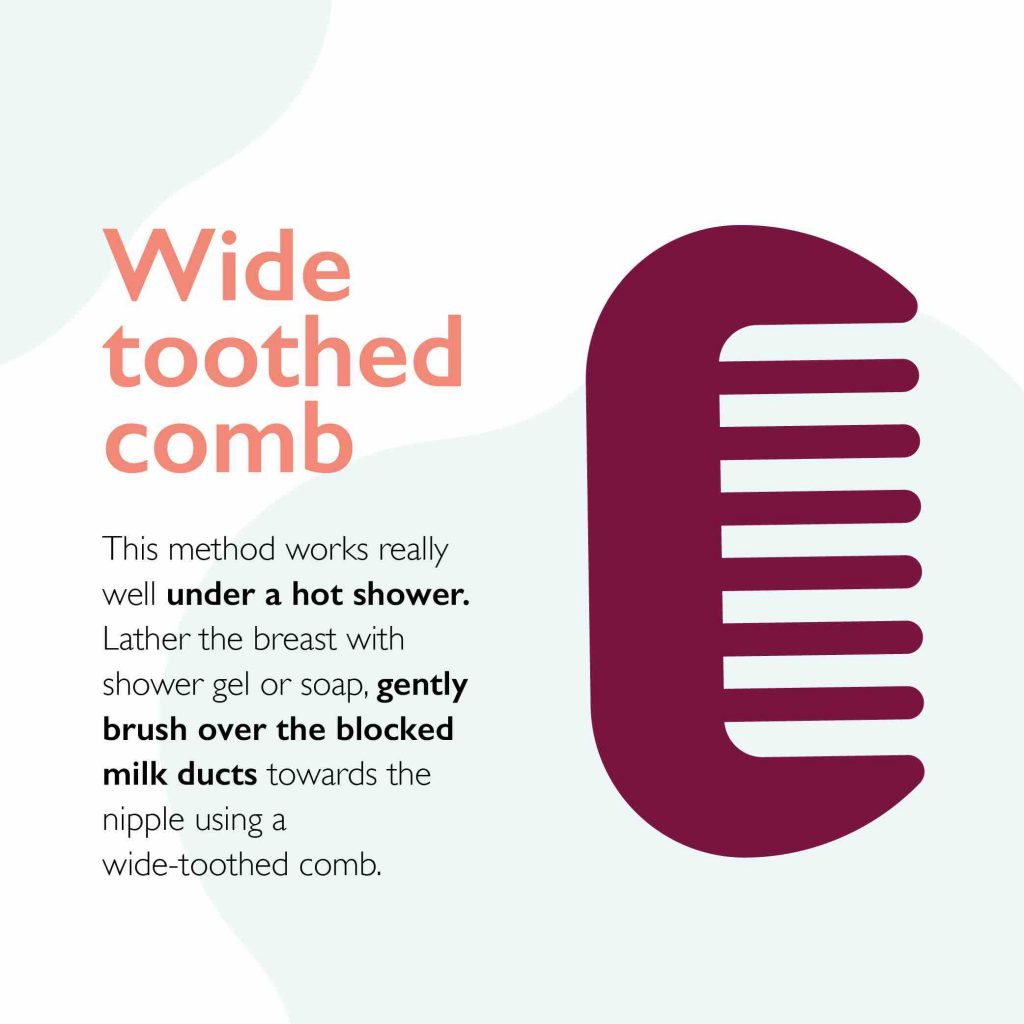
This method works well under a hot shower. Lather the breast with shower gel or soap, gently brush over the blocked milk ducts towards the nipple using a wide-toothed comb. How long should I do it? Try to hand express breast milk after brushing the breast with a wide-toothed comb. Repeat it a few times until the blocked milk duct area becomes smaller. Some mummies may express milk with a breast pump after the shower too.
Do you have a silicone pump at home? If yes, let’s add one or two tablespoons of Epsom salts* into the silicone pump half-filled with warm water. When you attach it to the affected breast, the warm water should touch the nipple and let it soak for 10 to 15 minutes. The silicone pump’s gentle suction will help draw out the stubborn clogged milk effectively.
*Epsom salt is not the salt that you use to flavour food in the kitchen. It contains anti-inflammatory properties that relieve sore muscle or itchy skin.
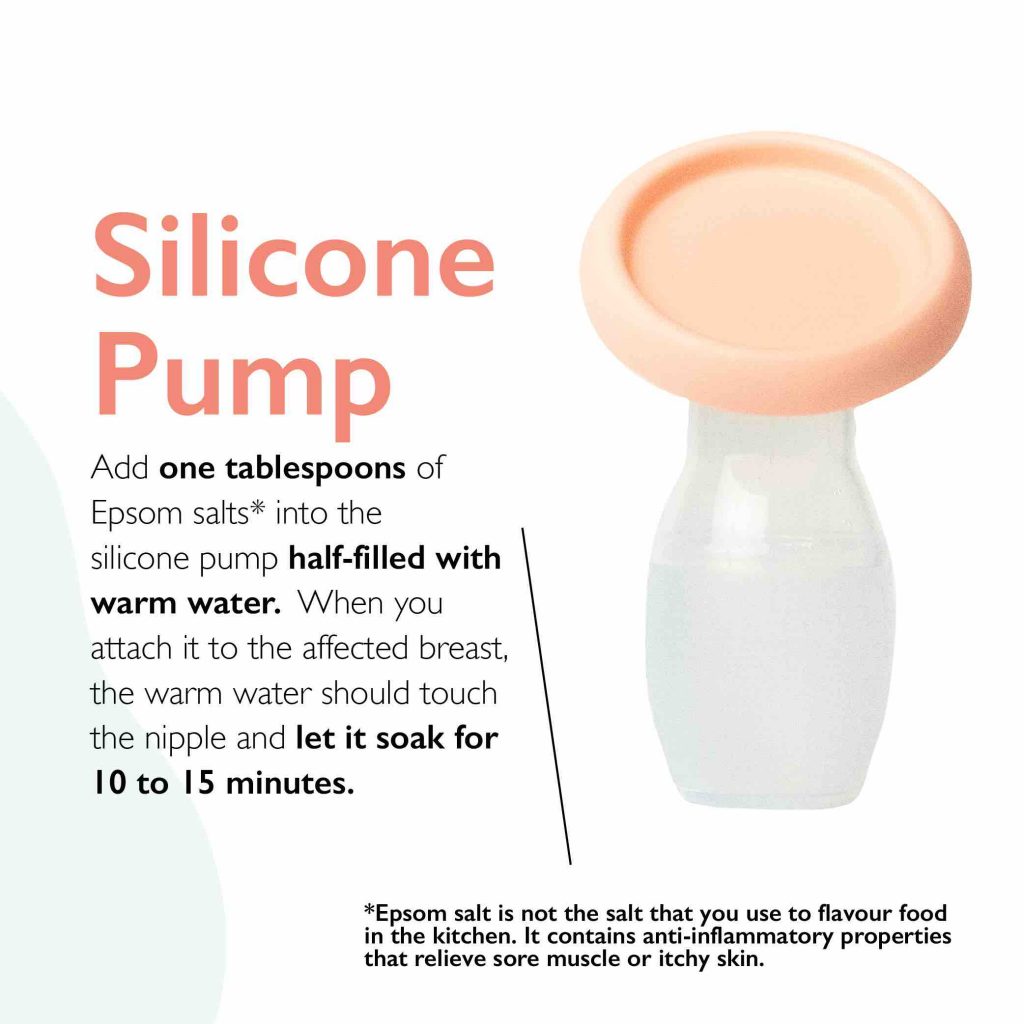

What is Confinement Confinement is a period after childbirth when you recuperate and heal after
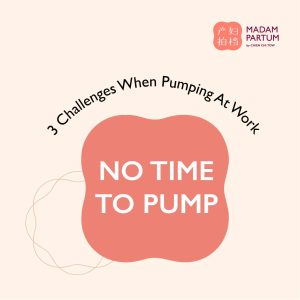
Whether you are returning to work after maternity leave or just entering the workforce as

Hey Mommies, for the 3rd episode of ‘What’s Your Story?’ , we are featuring mommy